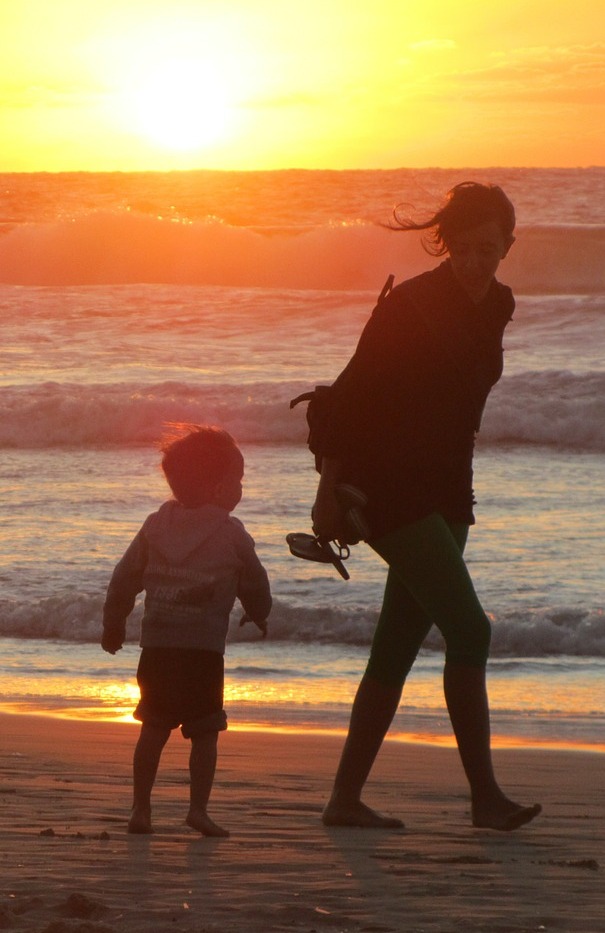This is the second post in a three-part series focused on ways parents* can serve as powerful allies in efforts to address and prevent child sexual abuse. This post will offer resources and language for supporting healthy childhood development and parent-child communication. Read the first post here.
Our last post offered information about child sexual abuse, trauma, and people who sexually abuse children. Those statistics and stories may feel scary or overwhelming (or both), but as adults and parents we have a responsibility to stay strong and calm for the children in our lives. This helps them feel respected, seen, and safe as they venture out into the world.

Creating safer spaces for children and teens means changing our behavior and possibly venturing outside our comfort zone.
- Move beyond “Stranger Danger” or “No-Go-Tell” approaches to personal safety. These skills are important, but only a piece of a much larger puzzle. The other piece is adults holding other adults accountable for questionable or inappropriate behavior.
Coach insists on driving my child home from each and every practice. It really helps me with scheduling, but why do they want to be alone with an 11-year old? How does my child feel about these rides and attention?
Uncle Jim always demands a hug and a kiss on the lips, even when the kids don’t feel like it. How does this make my child feel? What message does this send?
This will take practice and time to trust your gut instinct, but it is worth the time and effort. You never know the potential for change you can create unless you try.
- Be comfortable with being a little uncomfortable. Having “the talk” can be challenging for parents and kids alike, but information about sexual development (including accurate names for body parts) can help empower kids and support them in asserting their physical boundaries. Find ways to talk about healthy sexuality that still emphasize your family’s values, but also equip children and teens with information to make them feel in control of their own bodies.
- Begin by believing. There may be a time when a child chooses to tell you about abuse they’re experiencing or have experienced. This can bring up lots of emotions, particularly if we, ourselves, have a history of abuse. The first thing to do is breathe. No matter how angry or sad or scared you may feel, a calm adult conveys strength and protection to the child. Many times children are not believed when they talk about abuse, so it’s important to tell them you believe them and want to keep them safe.
Breath
“I’m sorry about this – you don’t deserve to be treated that way and this isn’t your fault. I believe you and I’m going to help you.”
Breath
Don’t make any promises you can’t keep, but reassure the child you want them safe and will do what you can to keep them safe.
Please remember New Jersey requires everyone who suspects or knows about child abuse to report it to the State Central Registry at 1-877 NJ ABUSE (1-877-652-2873). A hotline operator will take your report and provide information on next steps and resources.
Stay tuned for the final post in this series when we will share some tips and resources for community leaders, parents, and educators in shaping policies and practices that impact the safety of children and teens.
*We use “parents” throughout this and future posts to describe caring adults who serve as a child’s primary caregiver. The relationship can be biological, legal, social, or emotional. NJCASA recognizes and celebrates the many ways people define “family” and their role within a family.
